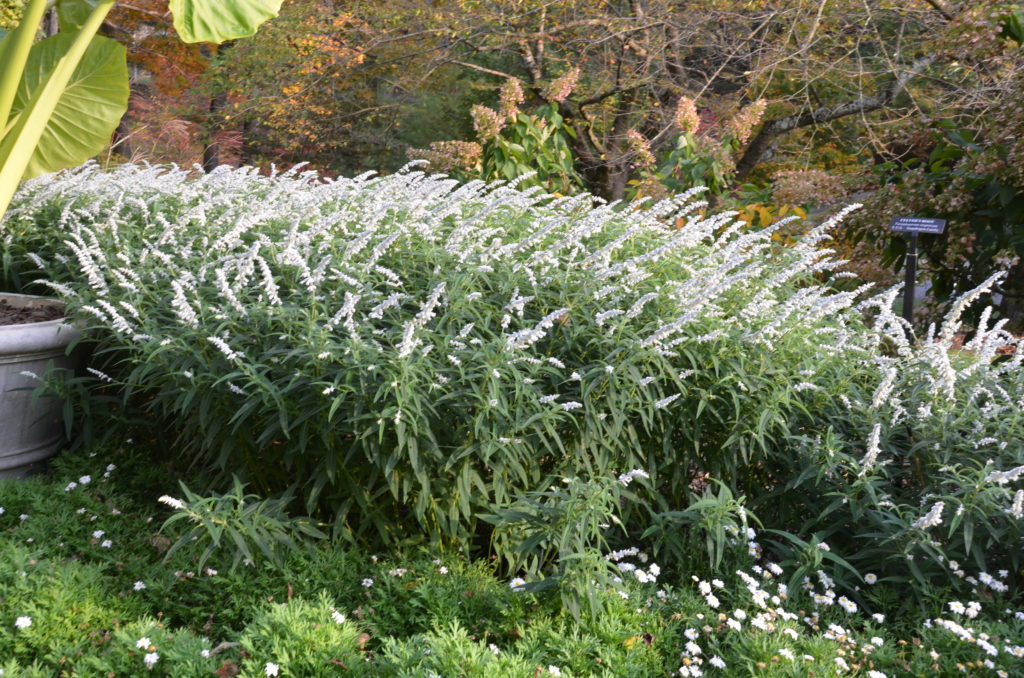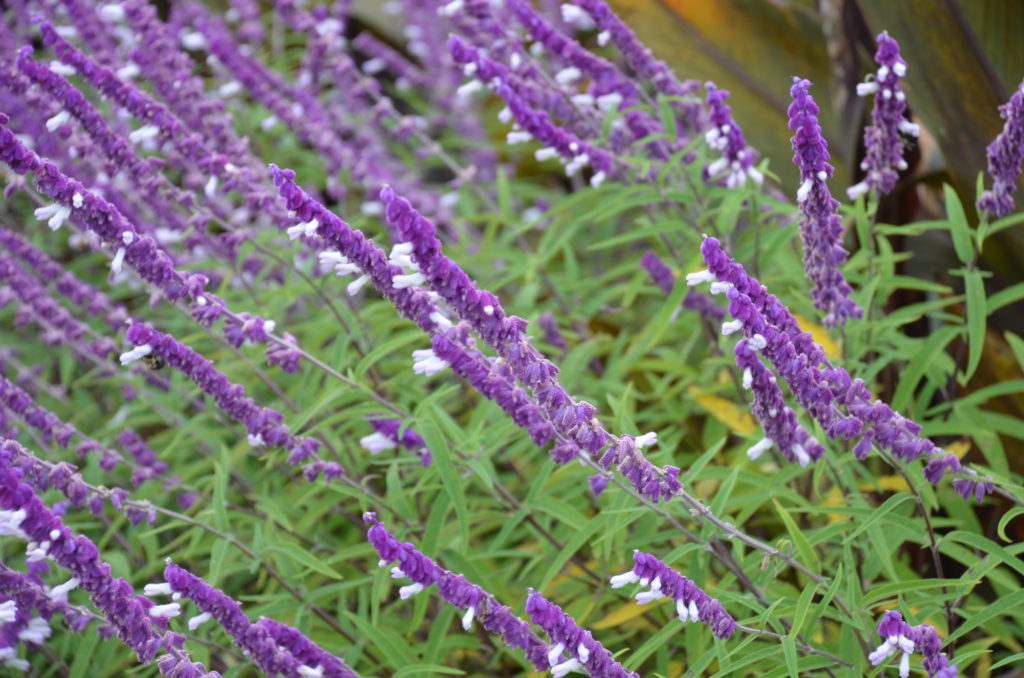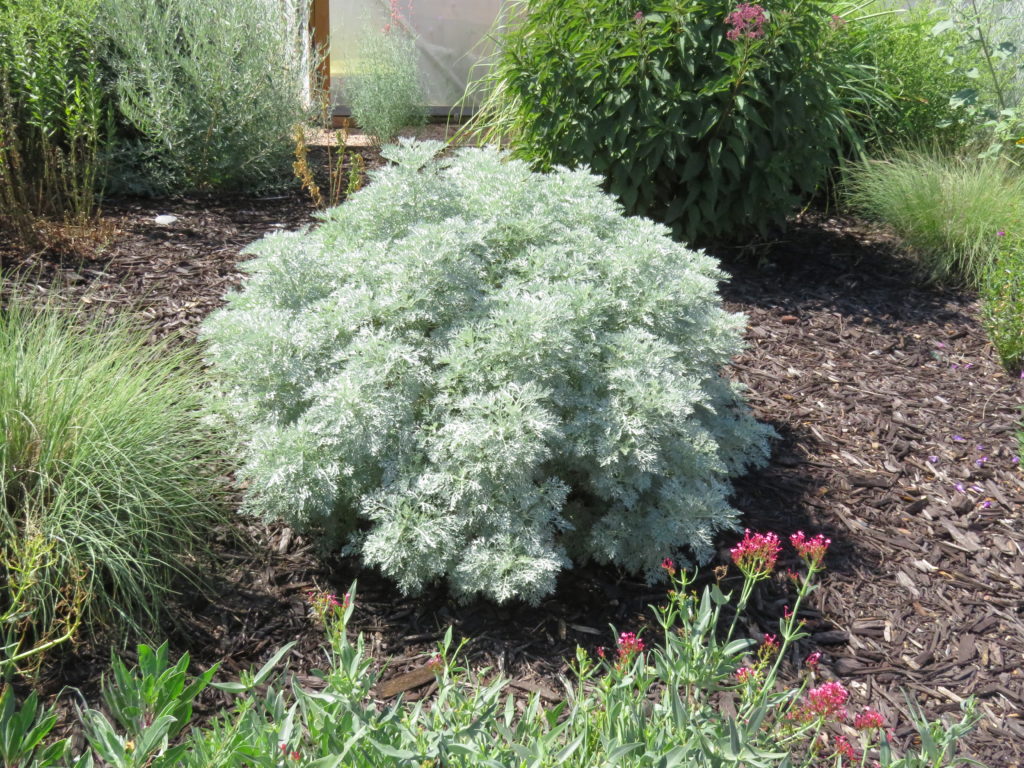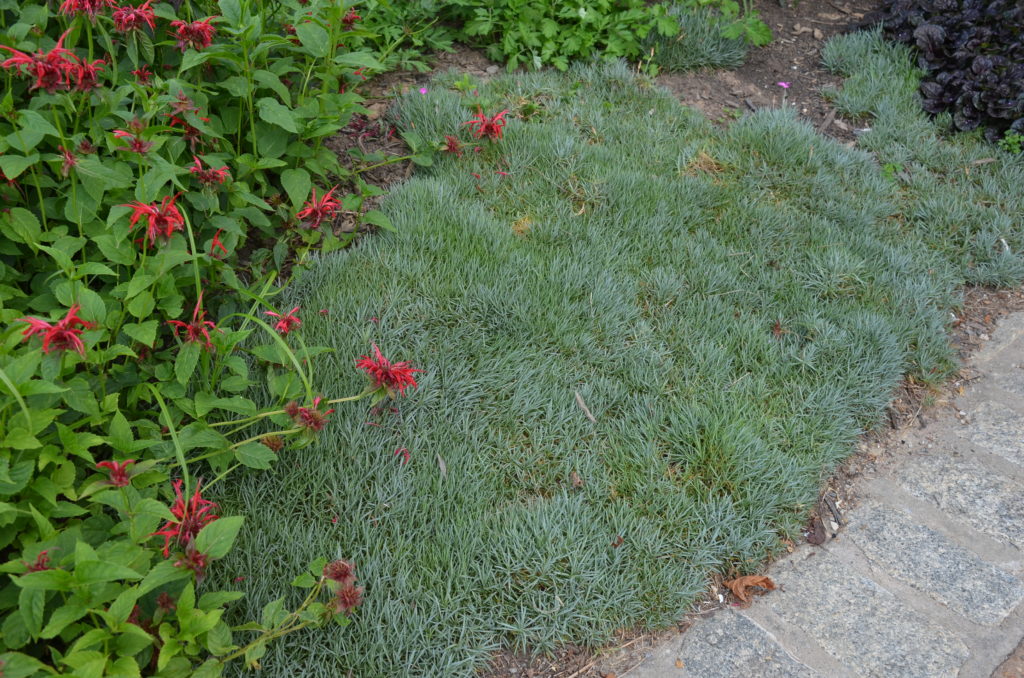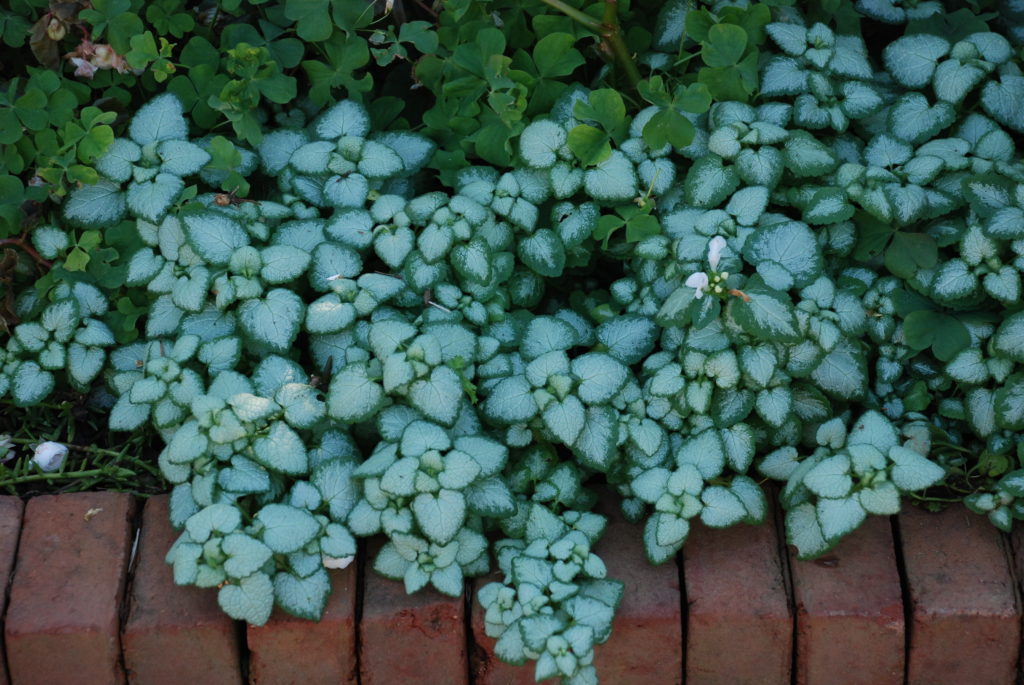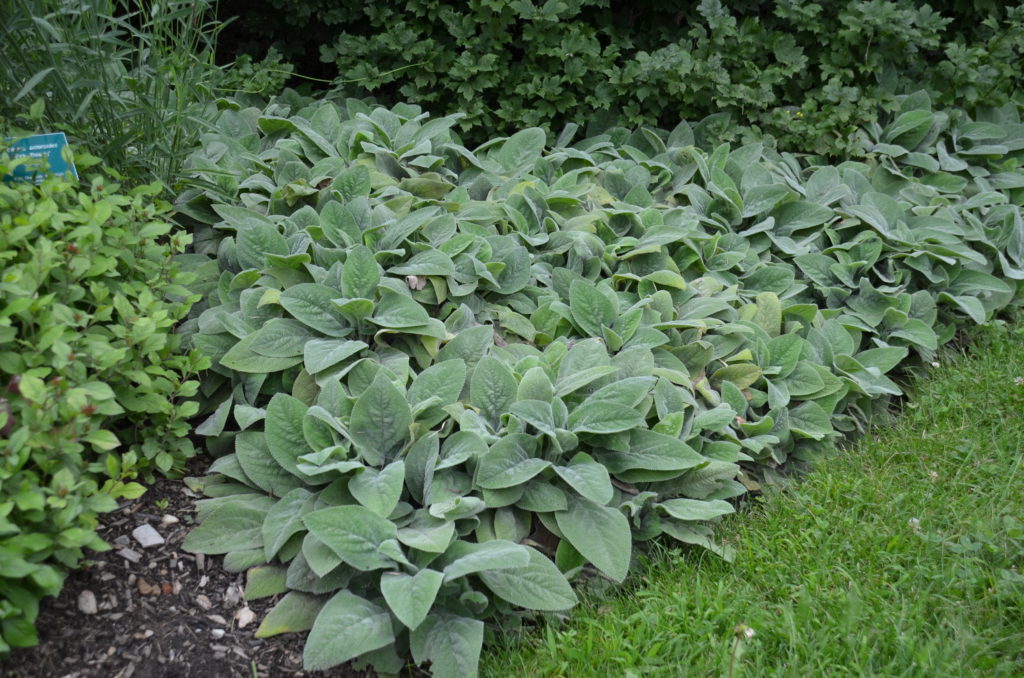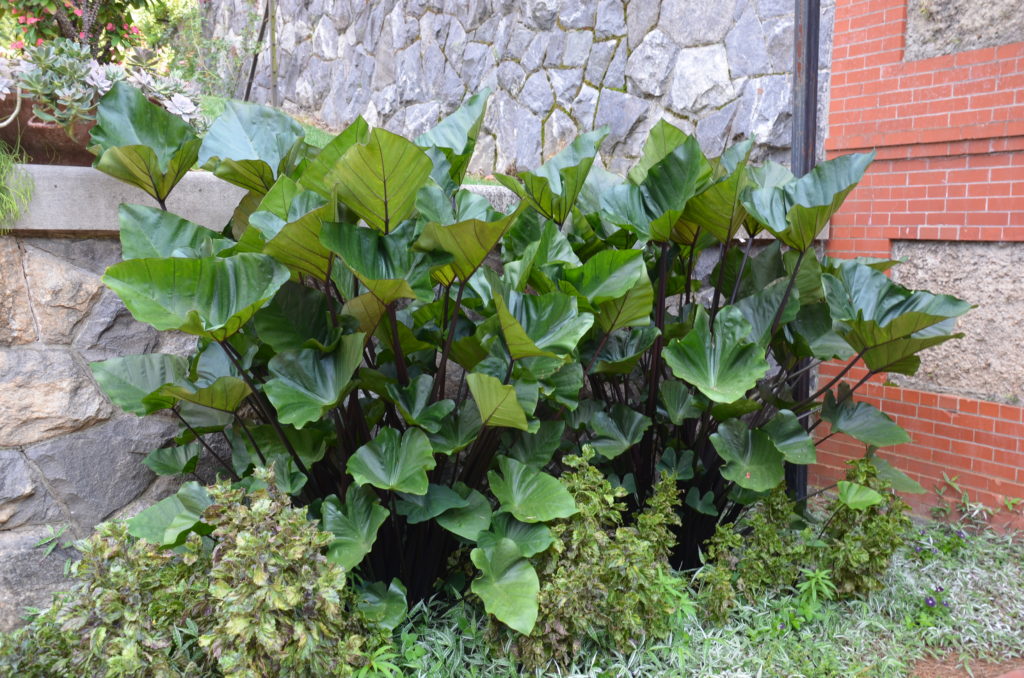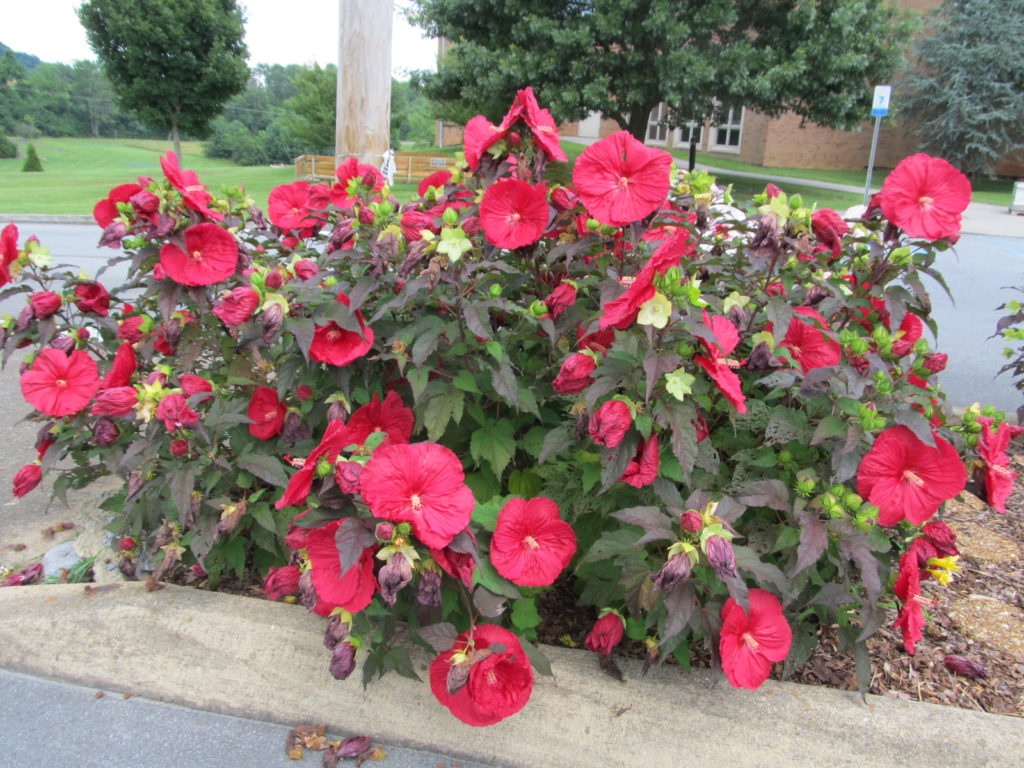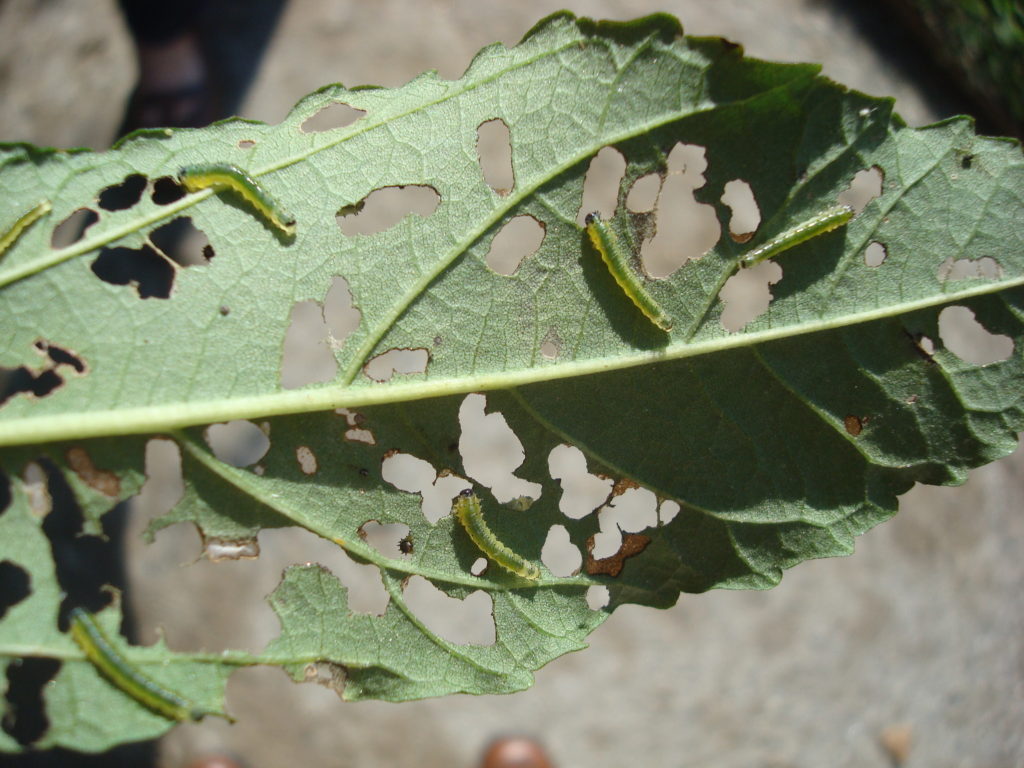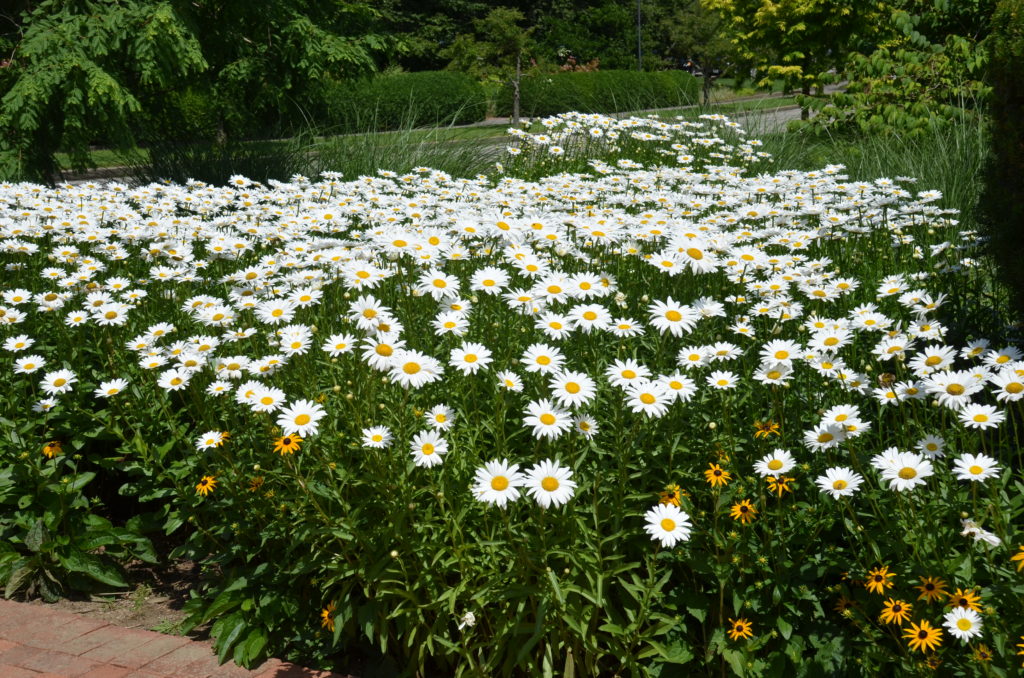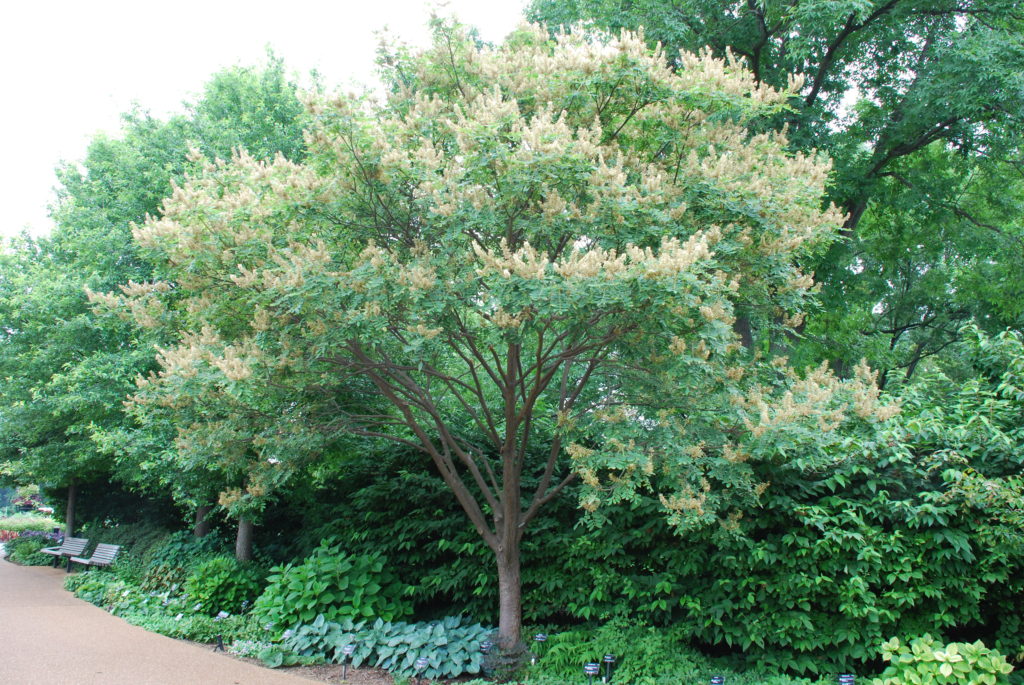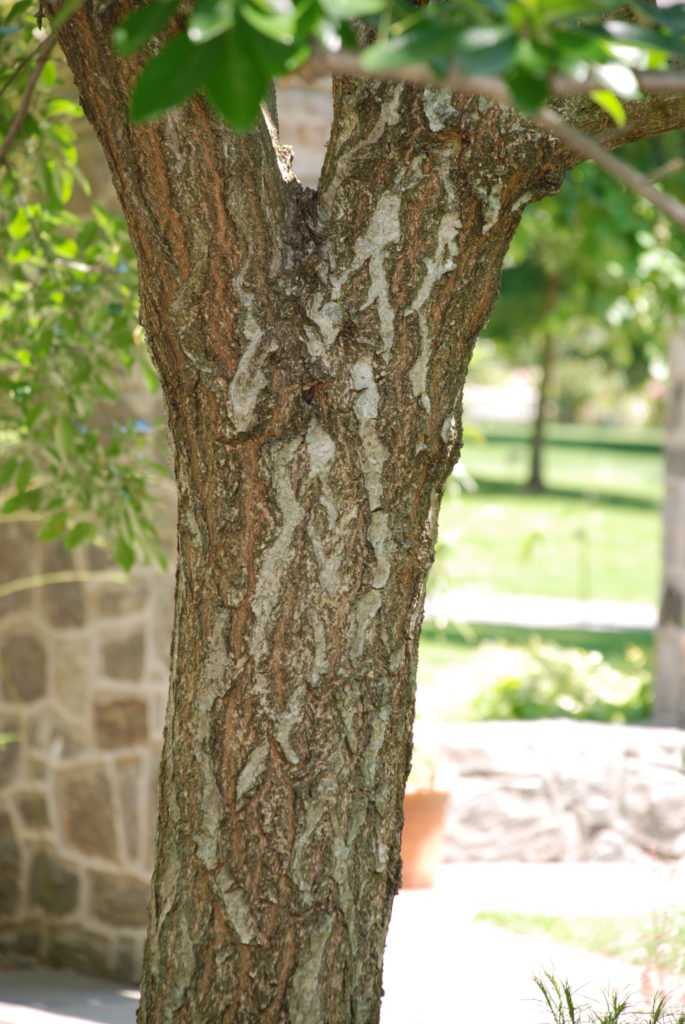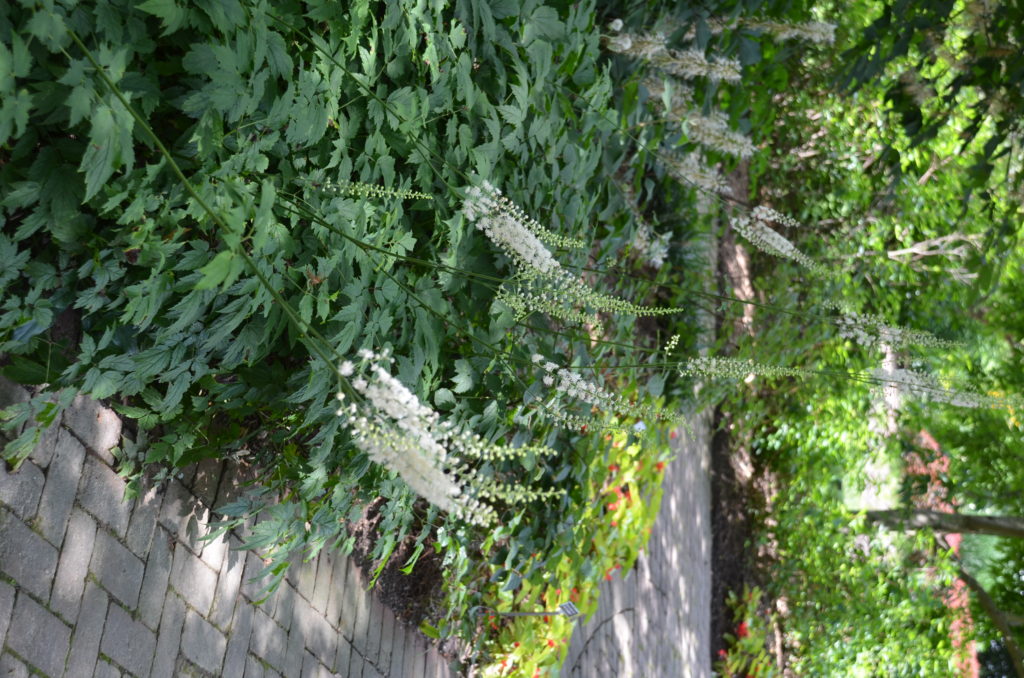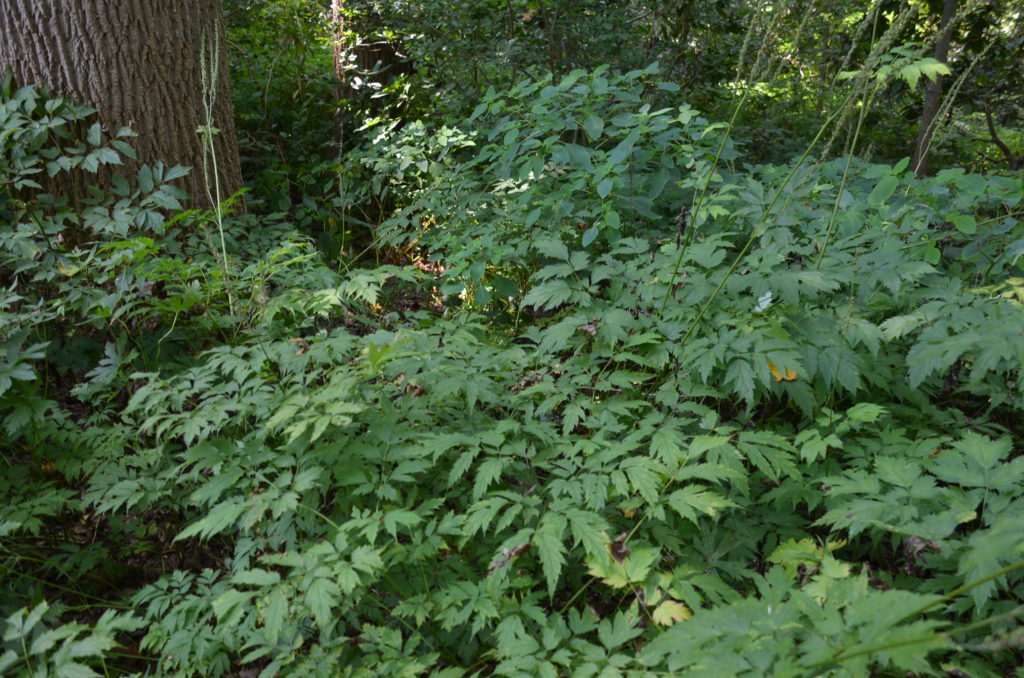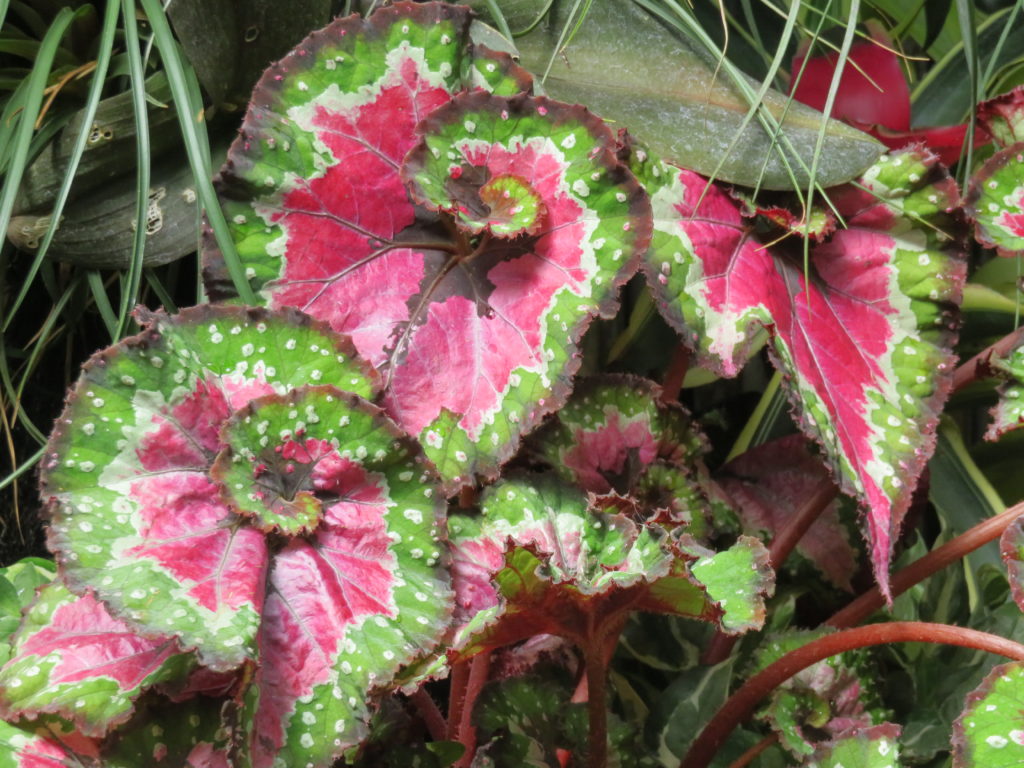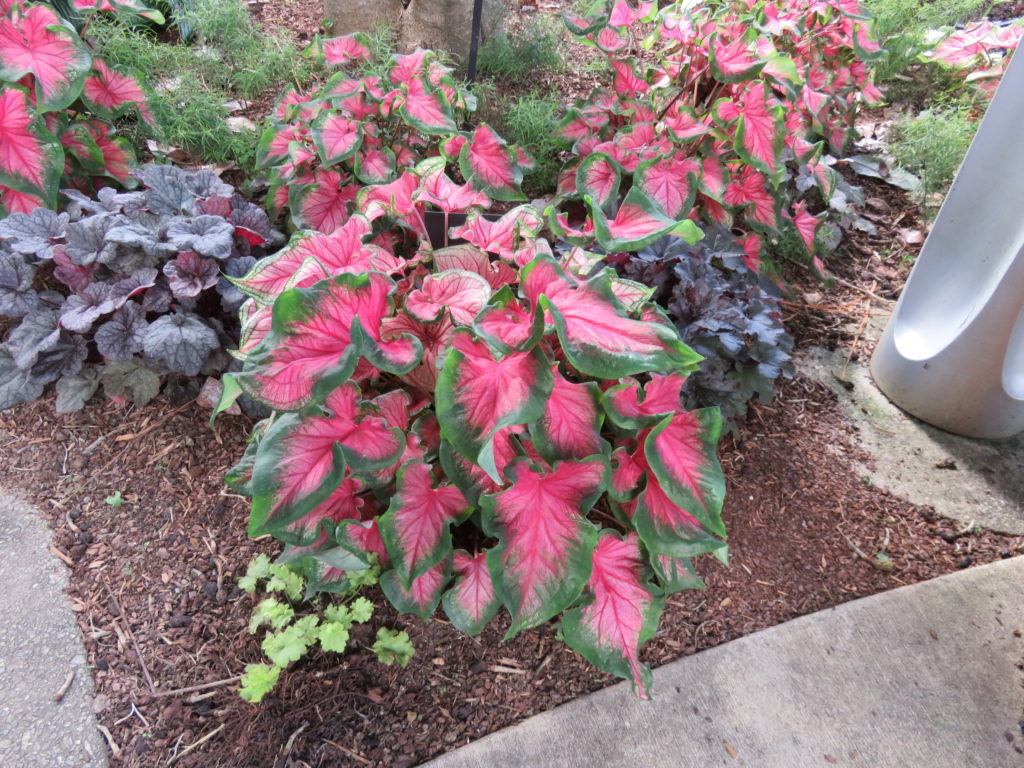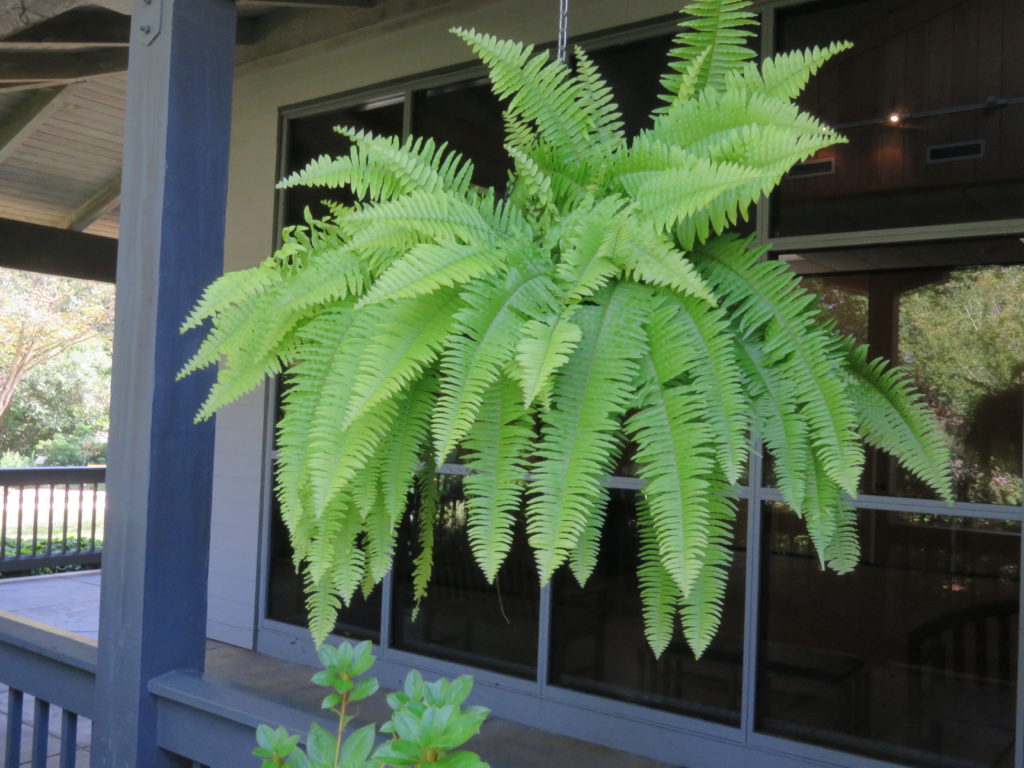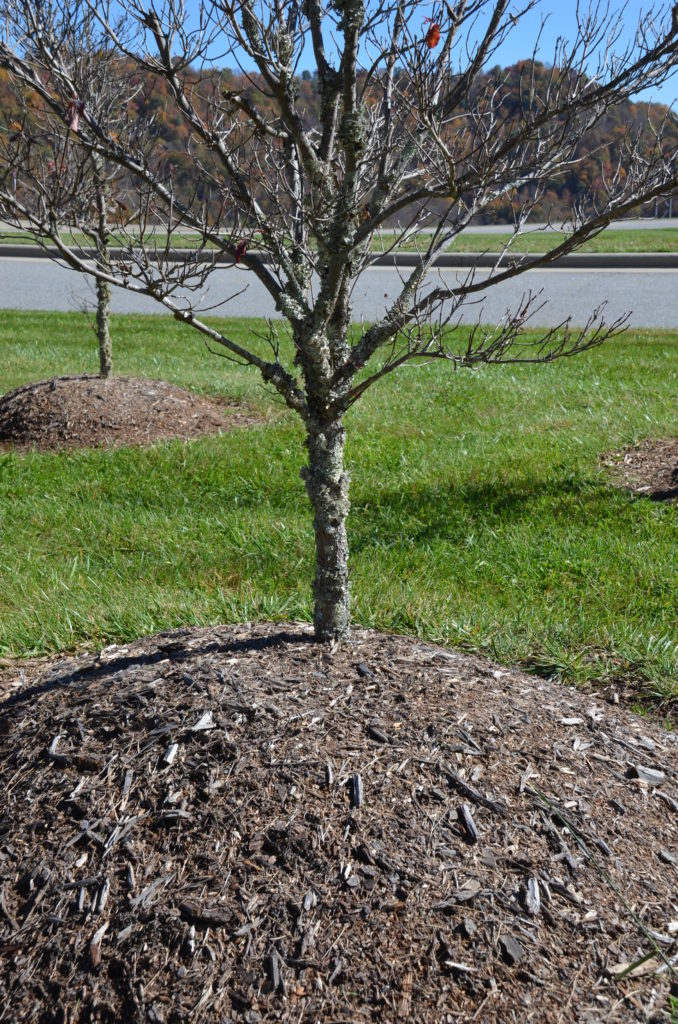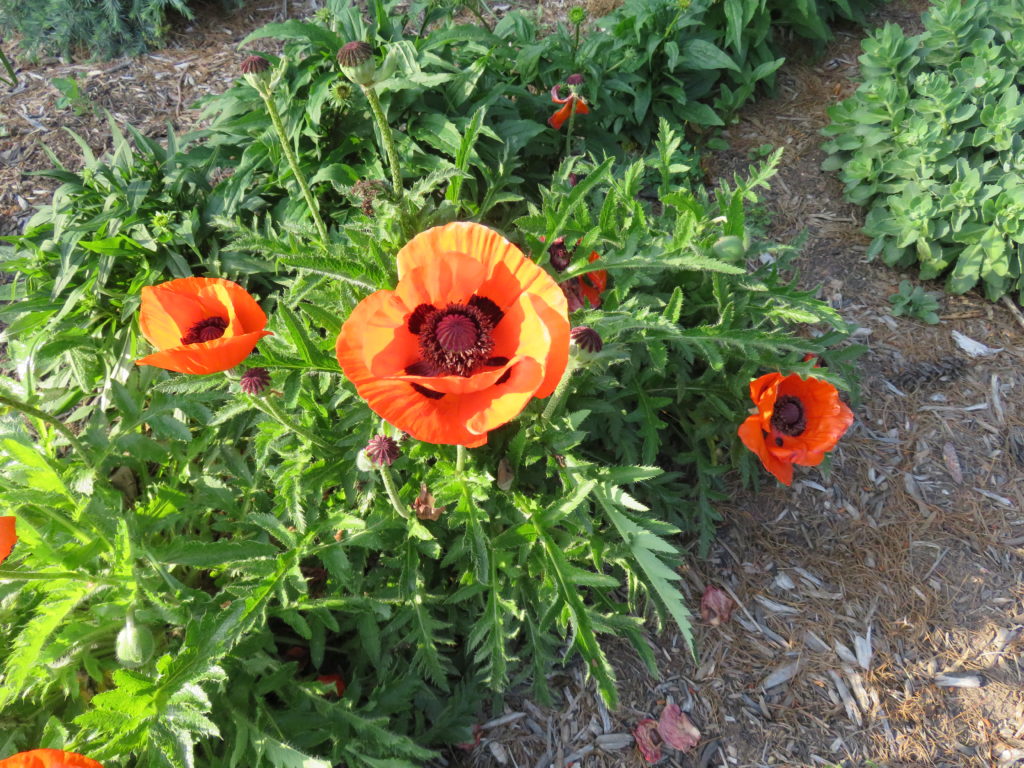
Most deer-resistant plants share several traits or characteristics: 1. Aromatic flowers / foliage; 2. thorny, bristly, or hairy (pubescent) leaves or stems; 3. toxic plants. If “deer pressure” (population) is exceptionally high, deer don’t heed plant lists like this one.
Available food resources, species of deer, seasonal weather are all factors. Flowers, foliage, fruits, and seeds of plants are not off-limits to other critters. Expect damage from native butterflies, moths, and beneficial insects. Design your garden to include plants that are not munched on. Otherwise, construct a tall fence to keep deer away.
Yarrow (Achillea)
Black cohosh (Actaea racemosa)
Anise Hyssop (Agastache foeniculum)
Bugleweed (Ajuga reptans)
Bluestar (Amsonia spp.)
Artemisia
Goatsbeard (Aruncus dioicus)
Butterfly weed (Asclepias tuberosa)
Baptisia (Baptisia australis)
Siberian bugloss (Brunnera macrophylla)
Karl Forester reed grass (Calamagrostis)
Calamintha nepeta subsp. nepeta
Coreopsis
Montbretia (Crocosmia)
Delphinium
Hayscented fern (Dennstaedtia punctilobula)
Foxglove (Digitalis)
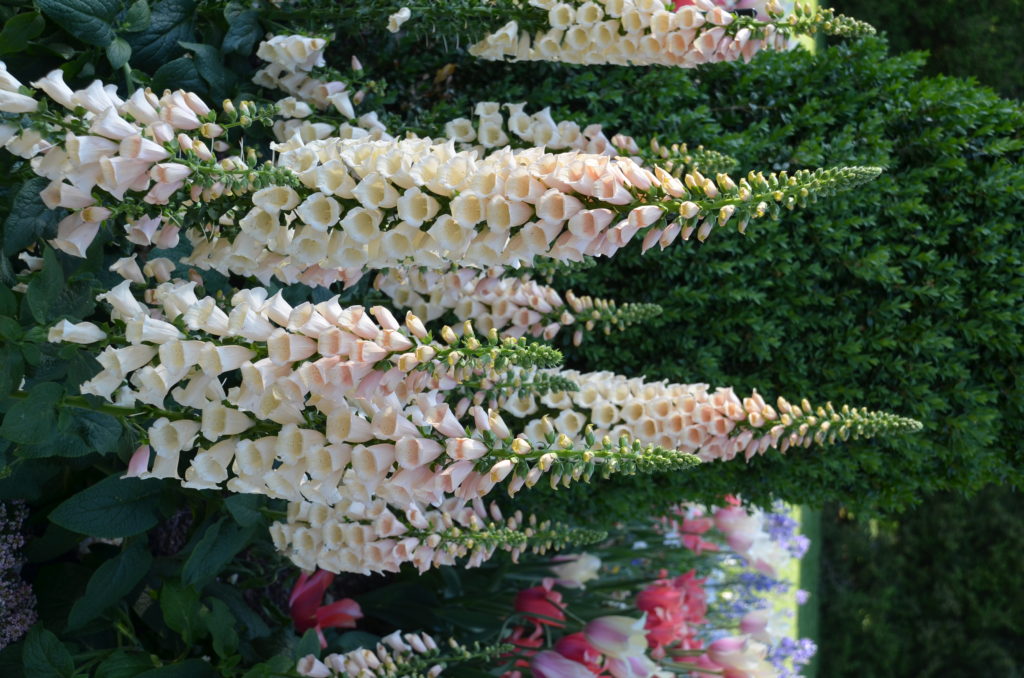
Male fern (Dryopteris filix-mas)
Bleeding heart (Dicentra spectabilis)
Foxglove (Digitalis purpurea)
Coneflower (Echinacea)
Globe thistle (Echinops)
Barrenwort, fairy wings (Epimedium)
Cushion spurge (Euphorbia polychroma)
Joe Pye (Eutrochium)
Bigroot geranium (Geranium macrorrhizum)
Geum
Lenten rose (Helleborus x orientalis)
Candituft (Iberis sempervirens)
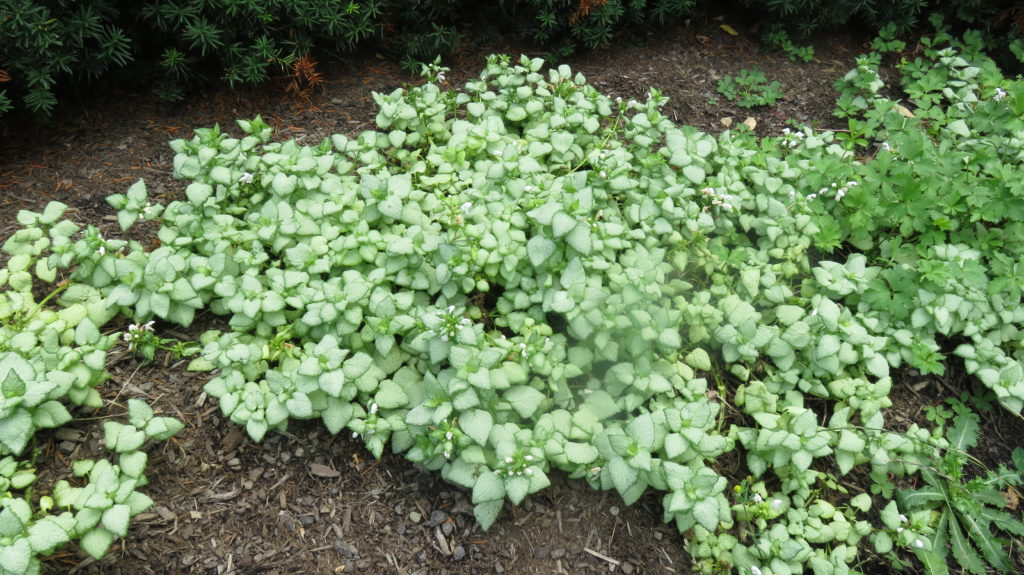
Bearded iris (Iris germanica)
Dead nettle (Lamium)
Lavender (Lavandula spp.)
Shasta daisy (Leucanthemum)
Blazing star (Liatris spicata)
Cardinal flower (Lobelia cardinalis)
Rose campion (Lychnis coronaria)
Ostrich fern (Matteuccia struthiopteris)
Beebalm (Monarda spp.)
Daffodil (Narcissus)
Catmint (Nepeta)
Evening primrose (Oenothera)
Oregano (Origanum)
Herbaceous Peony (Paeonia x lactiflora)
Oriental poppy (Papaver orientale)
Beardstongue (Penstemon digitalis)
Russian sage (Perovskia atriplicifolia)
Balloon flower (Platycodon)
Jacob’s ladder (Polemonium caeruleum)
Lungwort (Pulmonaria)
Rodgers Flower (Rodgersia pinnata)
Rosemary (Rosmarinus officinalis)
Black-eyed Susan (Rudbeckia spp.)
White Wood’s aster (Eurybia divaricata)
Assorted salvias (Salvia spp.)
Compass/ Cup Plant (Silphium spp.)
New England aster (S. novae-angliae)
Goldenrod (Solidago)
Lamb’s Ears (Stachys byzantina)
Germander (Teucrium)
Meadow rue (Thalictrum)
Mullein (Verbascum)

